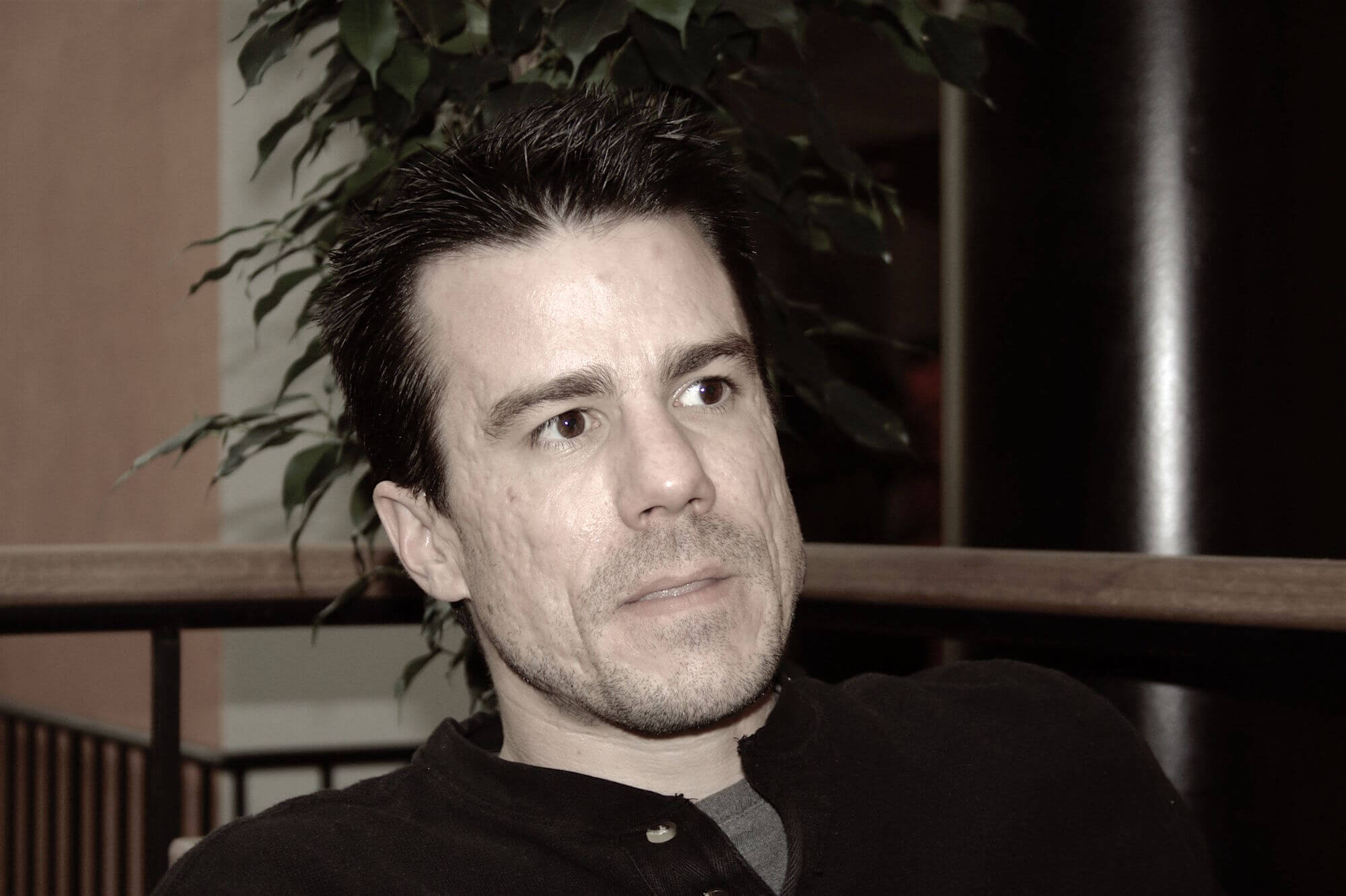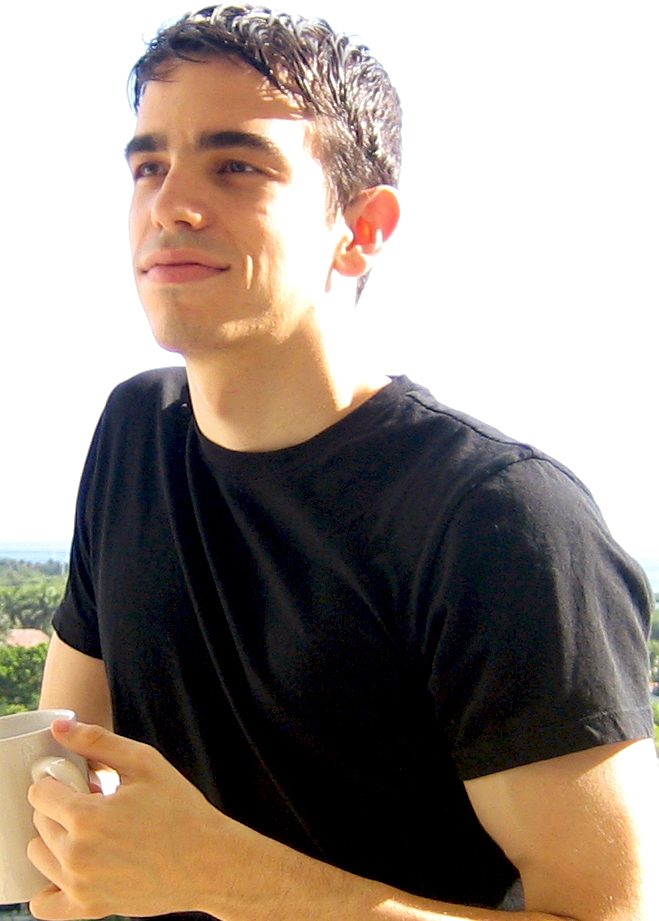Who is who in open source: biographies of geeks
We will tell about those who played an important role in the formation of the open-source community.

/ photo by Hitesh Choudhary
Ian Murdoch
Ian Murdoch was born in 1972 in a small town on the border between West Germany and Switzerland. There, his father - an American etymologist - was engaged in scientific research. In 1975, Murdoch Sr. was appointed as a professor at Purdue University. For this reason, the boy's family returned to the United States, where Ian grew up.
Ian got acquainted with computers at the age of nine, when his father brought home the university Apple II. Murdoch was delighted with the device, and when the computer was taken back, he began to visit his father's laboratory. Often the cars were busy — instead of playing games, the boy had to watch his father’s students write the code.
')
So, in Ian, an interest in programming has awakened. He himself began writing programs in Applesoft Basic and assembly language. Noticing the talent of his son, his father bought the same computer home, but, as happens with children, Ian quickly lost interest in this activity. The rest of his childhood Apple II was gathering dust in the closet.
In his student years, Ian's interest reawakened. After listening to an introductory course of lectures on COBOL, he began to actively engage in programming and fell in love with Unix, and then Linux. But popular at the time of assembly, according to Ian, were too expensive and poorly supported. Therefore, Murdoch decided to develop his distribution.
So, in August 1993, Debian was born. The product Ian named after his wife (DEBOR) and himself (IAN). Murdoch’s goal was to create a system around which a large community would gather. And so it turned out, Debian still remains one of the most popular distributions.

/ photo by Ilya Schurov CC BY-SA
Debian brought fame to Yen, and he began working with various open-end funds and IT companies. From 2007 to 2011, Ian led the development of OpenSolaris, an open distribution based on Sun Microsystems proprietary Unix platform. From 2011 to 2015, he was vice president at Salesforce, after which he moved to the still-young Docker company.
In the same year, after a series of incidents with the police and arrest, unfortunately , Ian committed suicide, leaving three children, grieving relatives and the orphaned Debian community.
Eric Raymond
Eric Stephen Raymond, a programmer and one of the main theorists of the open source movement, was born in 1957 in Boston. Eric spent his childhood in Venezuela, where his father programmed UNIVAC mainframes. Cerebral palsy, which the boy suffered from birth, prevented him from engaging in physical activity. Therefore, Eric decided to cultivate in another direction. He followed in his father’s footsteps and became interested in writing programs.
In the 70s, when the family returned to the United States, Eric entered the University of Pennsylvania, where he became interested in program modifications and the concept of open source. He carried his passion through the years until the moment when in 1996 he became the main maintainer of the open mail client fetchmail . Then he decided to devote himself to the popularization of free software. The experience gained by Eric during the development of fetchmail, served as the basis for the famous book "Cathedral and Bazaar", in which he spoke about the collective work on open source software.

/ photo jerone2 CC BY-SA
"Cathedral and Bazaar" became the defining work in the theory of open source development. In the book, Eric argues in favor of an open Internet collaboration of programmers. According to him, the more people have access to the code, the faster the bugs are detected and corrected. Therefore, transparent work in front of everyone (“Bazar”) is better than working out in a “closed club” (“Cathedral”).
Thus, Eric became one of the main voices of the open-end community. In 1998, he founded the Open Source Initiative (OSI), an organization dedicated to promoting open source software. There he still works.
Blake ross
Blake Aaron Ross was born in 1985 in the family of a psychotherapist and a lawyer. The child was encouraged to a computer: a boy grew up playing quests with his father. By the time he was ten, he owned HTML and created websites, and as a teenager he began to develop simple video games.
/ photo by John Griffiths CC BY-SA
 Back in school, Blake began working on the Netscape Navigator browser — at that moment his code had just become open. The work of the boy was noted by the developers of the browser and accepted him for an unpaid position. But Netscape was slowly dying and losing users every day. The company tried its best to support the browser, so it launched the Mozilla Suite, a rethought version of Netscape. According to Blake, the product was full of unnecessary functions, and its main task - displaying pages - was doing slowly and poorly.
Back in school, Blake began working on the Netscape Navigator browser — at that moment his code had just become open. The work of the boy was noted by the developers of the browser and accepted him for an unpaid position. But Netscape was slowly dying and losing users every day. The company tried its best to support the browser, so it launched the Mozilla Suite, a rethought version of Netscape. According to Blake, the product was full of unnecessary functions, and its main task - displaying pages - was doing slowly and poorly.In 2002, having united with the old-timer of the company, Dave Hyatt, he gathered a group of like-minded people and began work on a new - fast and simple - browser.
Two years later, when Blake was a 19-year-old student at Stanford, the resulting browser was released under the name Firefox. In less than a year, the product was downloaded more than 100 million times. And today, "Fire Fox" remains one of the most popular browsers.
Ross now holds an executive position at Uber. Despite the fame, and perhaps because of it, he rarely appears in public and does not share the details of his personal life with the press.
Larry Wall
Larry Wall was born in 1954 in a family of hereditary Protestant pastors who lived in a working-class suburb of Los Angeles. He started programming at school when he had a specialized calculator. After school, as a deeply religious man, Larry entered the Seattle Pacific University, founded with the participation of the church.
He spent eight years in Seattle, three of whom he dedicated to working in a local computer lab. During this time, Larry changed his specialty three times until he stopped at linguistics. At the same university, Larry met his future wife Gloria, and already with her entered the magistracy in California.
After graduating, Wall went to work as a programmer at NASA. There began his professional career in the IT world. In 1987, Larry began working on a new programming language. The language syntax was influenced by his linguistic education and, in his own words, the culture in which he grew up. Initially, Larry wanted to call the creation “Gloria”, in honor of his wife, but for some reason he changed his mind and chose Perl - as a “pearl” (pearl), but without the vowel “a”.

/ photo Klapi CC BY-SA
By the mid-90s, Perl became the de facto standard for creating scripts in * nix systems. Larry independently wrote a language textbook and other books published by O'Reilly in the late 90s and early 00s. Today, Larry continues to occupy the post of Perl community’s “generous lifelong dictator” and is actively involved in the development of the project.
In our Telegram channel:
- IaaS for comfortable business scaling - Avito.ru case
- How to place in the cloud 100% of the infrastructure - the case of the client IT-GRAD
- Why companies use virtual machines, not containers
- You can not just take and implement the "green" technology in data centers
- Who supports cloud projects - talk about four open source funds
- How to manage iron in the data center - two new technologies
- Why hard drives are less likely to break
Source: https://habr.com/ru/post/448754/
All Articles